
Long before mammals dominated the Earth, they shared the world with towering dinosaurs. These small, resilient creatures adapted to survive in an environment where giant reptiles ruled. Recent fossil discoveries have provided key insights into their evolution, survival strategies, and the critical role they played in shaping the future of life on Earth. Their story reveals how mammals endured, diversified, and set the stage for the rise of modern species — including us.
1. The Fossil Discovery That Changed Everything

In 2003, researchers unearthed a remarkable mammaliaform fossil in a 125-million-year-old lakebed in China. Roughly the size of a modern platypus, this discovery reshaped our understanding of early mammals living alongside dinosaurs. It highlighted a surprising level of mammalian diversity during the Mesozoic, a time when dinosaurs dominated the ecosystem.
2. Implications For Mammal Evolution
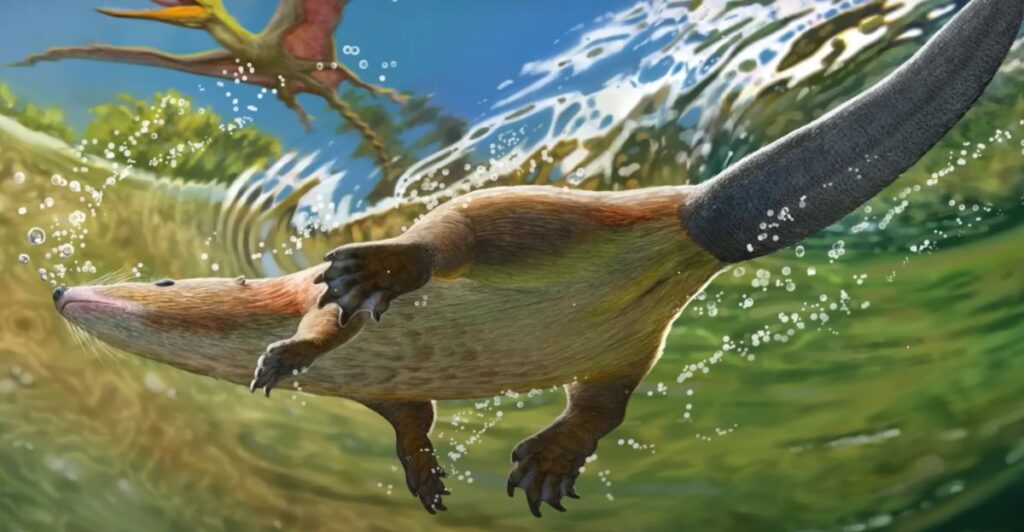
The fossil from 2003 revealed important evolutionary features, including the structure of the inner ear and braincase. These traits were important for understanding how early mammalian forms could have heard and processed information from their environments, hinting at how sensory adaptations may have played a role in their survival strategies.
3. Near-Complete Skeleton of Sinodelphys
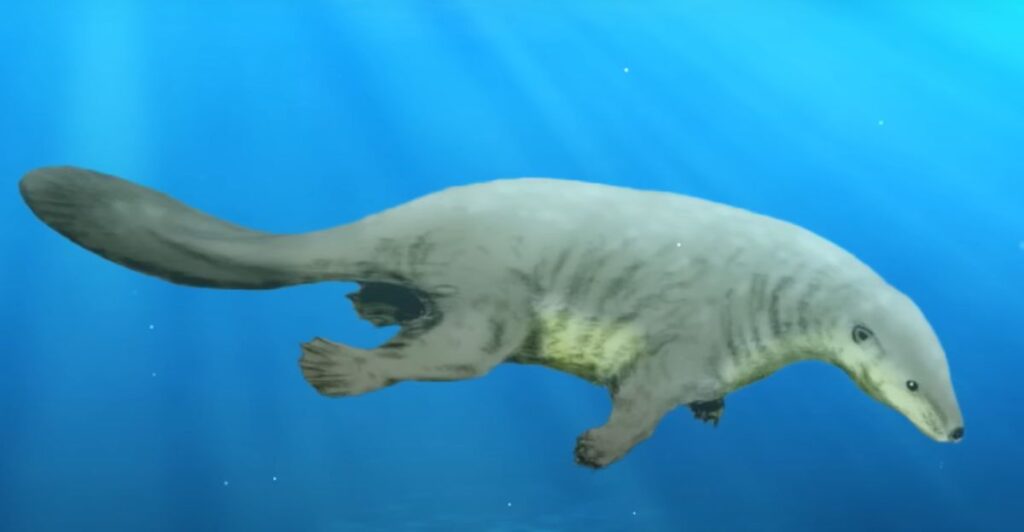
Unlike typical fashion, this fossil was almost a complete skeleton, providing invaluable insights into the anatomy of early mammalian forms. In turn, this discovery was significant because it was one of the most well-preserved specimens from the Mesozoic era, offering a clearer understanding of the creature’s size, structure, and potential behavior.
4. What Are Mammalian Forms?

Mammalian forms, or Mammaliaformes, are not true mammals but rather early mammal-like creatures that existed during the Mesozoic Era. These species are essential in understanding the evolutionary transition from reptiles to mammals. While they shared certain characteristics with modern mammals, such as hair or differentiated teeth, they were distinct in many ways.
5. The Mesozoic Mammal Era

The Mesozoic Era, often called the Age of Dinosaurs, also saw important evolutionary developments for mammals. Although dinosaurs largely overshadowed early mammals, they did occupy specific ecological niches. Most were small in size and adapted to various diets, with some becoming insectivores while others fed on plants.
6. What Did Early Mammals Look Like?

Many Mesozoic mammals were small, with some no larger than a modern rat or bat, though there were exceptions. Some, like Zhangheotherium, had specialized features, such as sharp teeth for insectivory or flatter teeth for plant-eating. Their skeletal structures varied, with some species exhibiting long limbs or specialized claws.
7. Survival Strategies
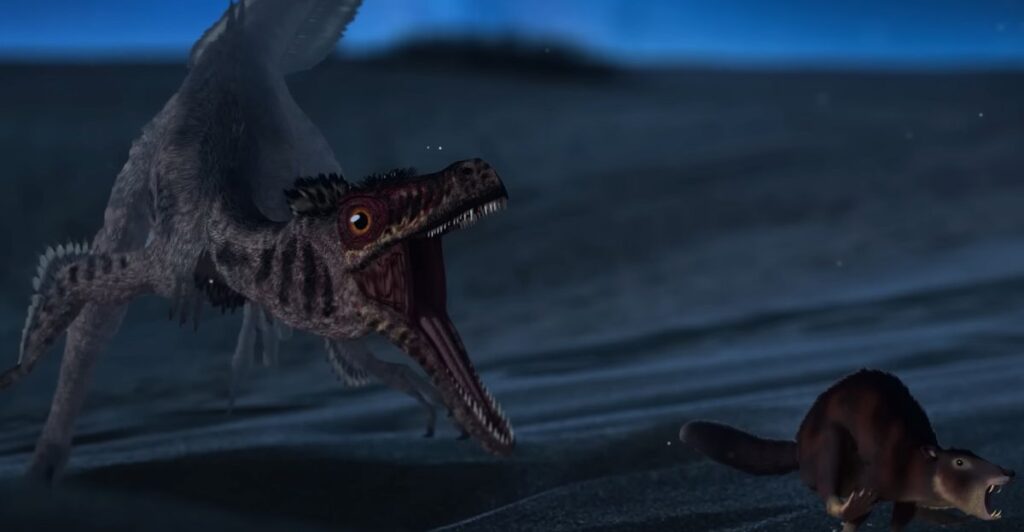
Mammals during the Mesozoic had to contend with the dominance of dinosaurs. Their small size likely allowed them to occupy ecological niches that the larger, diurnal dinosaurs didn’t fill. While nocturnal habits are often suggested as a survival strategy, direct evidence linking this behavior to survival against dinosaurs remains limited.
8. The Extinction Event

The catastrophic event 66 million years ago, believed to be triggered by an asteroid impact, drastically transformed life on Earth. It eliminated non-avian dinosaurs and significantly affected mammals. Many mammalian species perished, and the survivors were left to adapt to a radically different environment.
9. Mammals’ New Roles in the Post-Dinosaur World
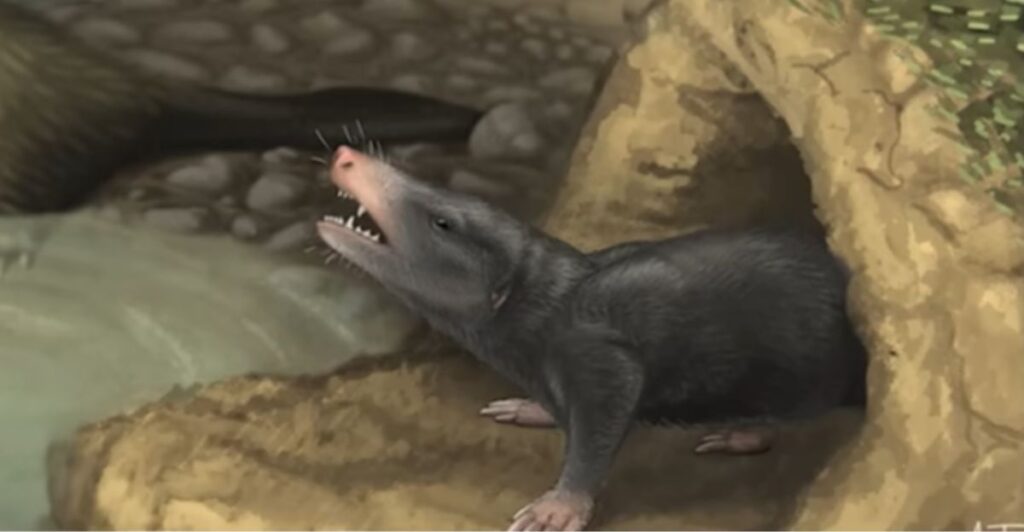
After the era of the dinosaurs, mammals took advantage of the newfound open spaces in ecosystems. Without large predators, mammals were free to grow and diversify. New mammal species evolved rapidly to fill the niches left behind. Lastly, the survivors helped set the stage for the eventual rise of mammals.
10. Plant-Mammal Relationships Post-Extinction
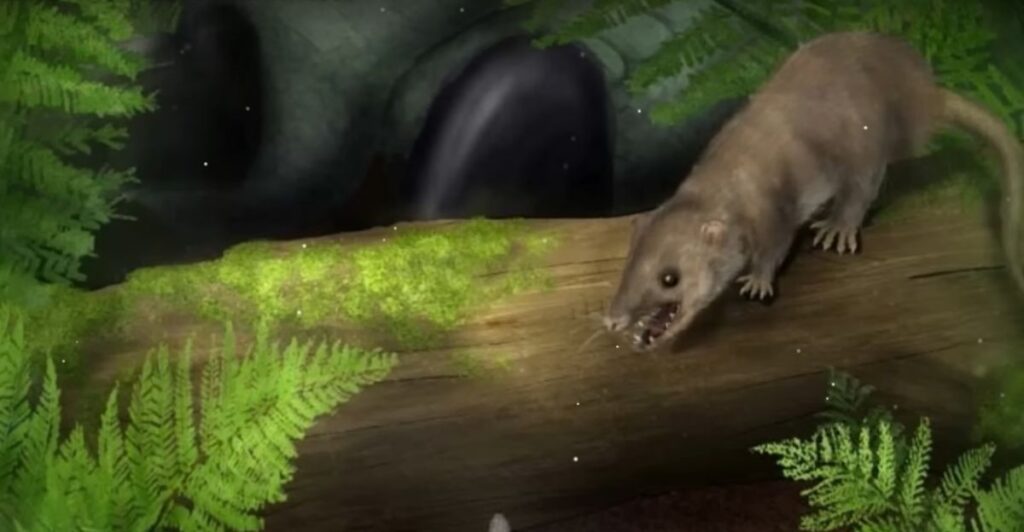
Following the event, the relationship between plants and mammals became even more critical. Many mammals adapted to the growing plant life by evolving new feeding strategies, such as grazing on new vegetation or preying on herbivores that fed on plants. This symbiotic relationship further bolstered the mammals’ ability to thrive in a new, post-dinosaur world.
11. How Mesozoic Mammals Led to Us

Mammals that survived the cataclysmic event shaped more than just their own future — they laid the foundation for ours. Their descendants evolved into increasingly complex forms, eventually including primates. Traits that ensured their survival, such as adaptability and resilience, set the stage for the rise of our own ancestors.
12. Lessons From the Fossils

Mesozoic mammals reveal that evolution rarely follows a straight, predictable path. Diverse species flourished during this period, but many vanished abruptly. These sudden disappearances underscore life’s fragility in changing environments. Fossils from this era prove that sometimes, the tiniest creatures endure long after giants have fallen.
Stay connected with us for more stories like this! Follow us to get the latest updates or hit the Follow button at the top of this article, and let us know what you think by leaving your feedback below. We’d love to hear from you!







